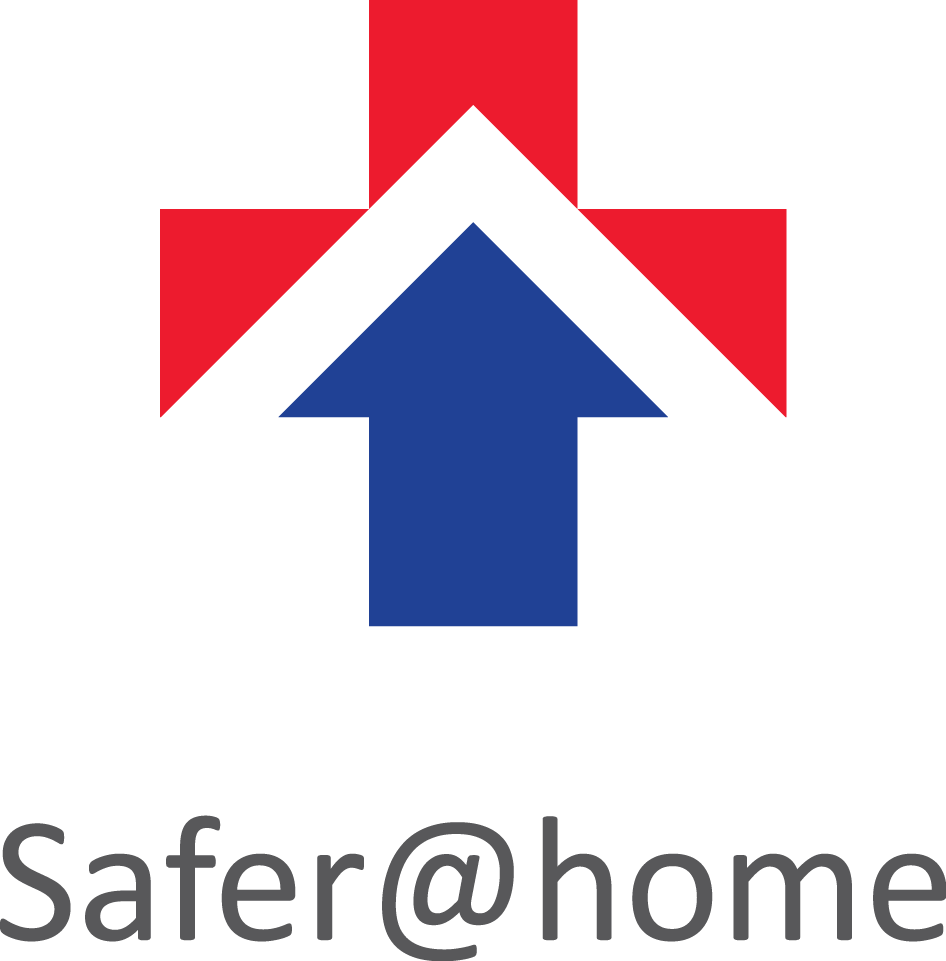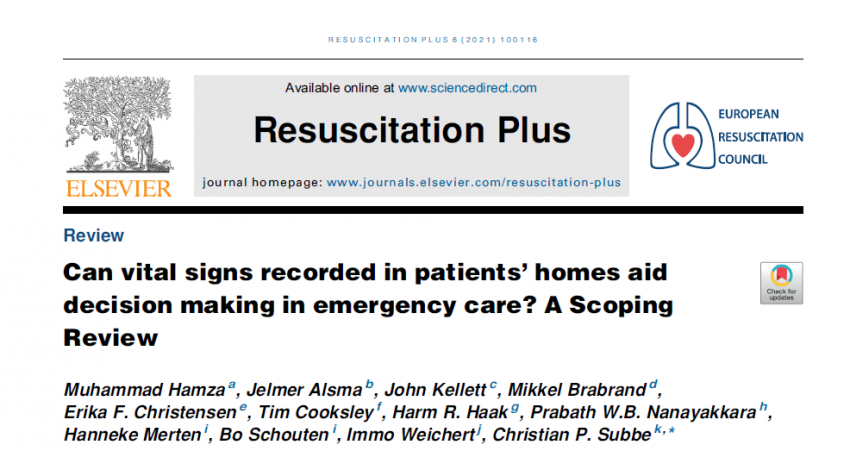Aim:
Use of tele-health programs and wearable sensors that allow patients to monitor their own vital signs have been expanded in response to COVID-19. We aimed to explore the utility of patient-held data during presentation as medical emergencies.
Methods:
We undertook a systematic scoping review of two groups of studies: studies using non-invasive vital sign monitoring in patients with chronic diseases aimed at preventing unscheduled reviews in primary care, hospitalization or emergency department visits and studies using vital sign measurements from wearable sensors for decision making by clinicians on presentation of these patients as emergencies. Only studies that described a comparator or control group were included. Studies limited to inpatient use of devices were excluded.
Results:
The initial search resulted in 896 references for screening, nine more studies were identified through searches of references. 26 studies fulfilled inclusion and exclusion criteria and were further analyzed. The majority of studies were from telehealth programs of patients with congestive heart failure or Chronic Obstructive Pulmonary Disease. There was limited evidence that patient held data is currently used to risk-stratify the admission or discharge process for medical emergencies. Studies that showed impact on mortality or hospital admission rates measured vital signs at least daily. We identified no interventional study using commercially available sensors in watches or smart phones.
Conclusions:
Further research is needed to determine utility of patient held monitoring devices to guide management of acute medical emergencies at the patients’ home, on presentation to hospital and after discharge back to the community.


